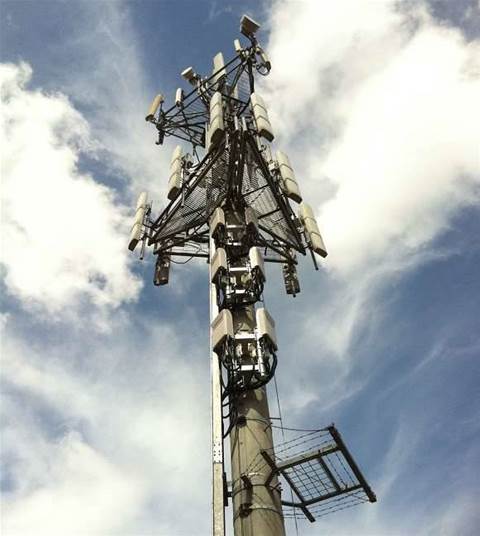Telstra is set to trial a raft of new technologies aimed at increasing the speed and spread of its 4G network.
The network, which the company claims is seeing traffic growth at the rate of 20 percent a month, will be expanded into the 900 MHz band to cater for users in rural and regional areas. The lower frequency band has greater reach than Telstra’s existing 1800 MHz assets.
“We will be deploying [in] 900 MHz where it makes sense, not across the board,” said Mike Wright, executive general manager of networks and access technologies.
The company also announced it has 1.5 million users on its 4G Long Term Evolution (LTE) network as of January this year.
“The growth in LTE in the 1800 MHz band justifies our decision to go with LTE in that spectrum four years ago,” said Wright.
“Forty percent of overseas countries with LTE have since chosen that spectrum,” he added.
Telstra is also set to begin trials of next generation LTE technology, called LTE-Advanced, or LTE-A. This carriage technology allows the 900 MHz and 1800 MHz bands to be used together.
“This allows more data to be carrier faster, and unlocks more capacity,” said Wright.
It will also trial another variant of LTE, dubbed LTE-Broadcast. This technology allows the multicast of media streams, such as if a group of people in a given area are all watching the same media content.
Currently LTE unicasts, meaning high bandwidth media streams being watched by groups in a single place can soon saturate the available bandwidth.
Telstra did not give a date for the beginning of the trials, or the near-term availability of LTE-A and LTE-B. “These are technical trials at present,” Wright said.
A further trial is in the use of heterogenous networks, or HetNets. These are akin to existing “carrier on wheels” or COWS, but are able to interact better with the existing fixed network surrounding them.
The company indicated it would deploy HetNets at places where large numbers of people congregate, such as sporting finals and public events like New Year’s Eve.
Wright said the trials, taken together, are aimed at eventually providing a better user experience for the carrier’s customers. He pointed to statistics showing Australians average 12 hours of net access per week on their mobile devices.
The research, conducted by Neilsen, also found 60 percent of Australians would own a smartphone in 2013, and 71 percent have watched video content during the past 12 months.






_(11).jpg&h=142&w=230&c=1&s=1)



.jpg&w=100&c=1&s=0)
_(8).jpg&w=100&c=1&s=0)







.jpg&q=95&h=298&w=480&c=1&s=1)





